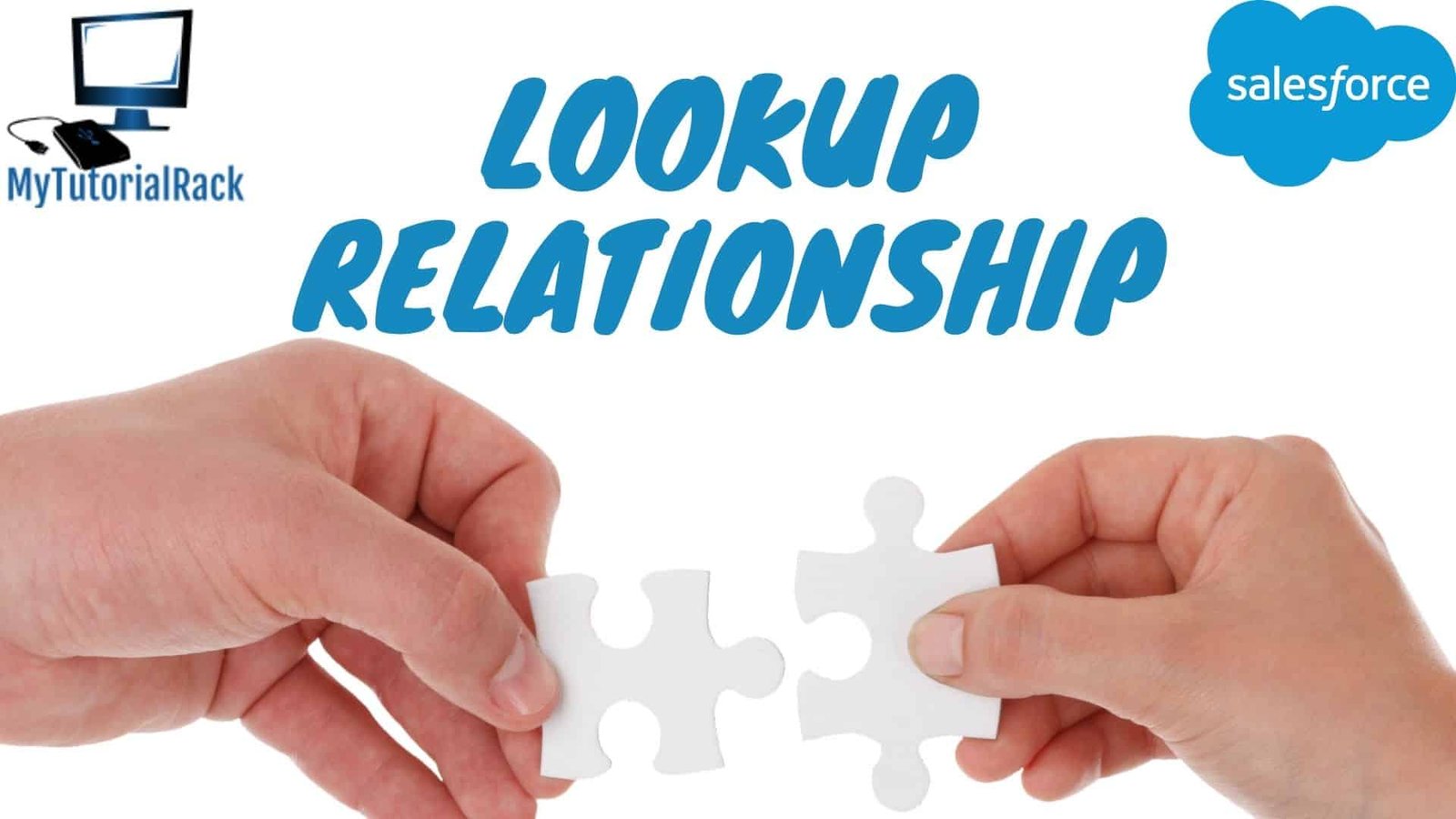We have already covered various details about Master-Detail Relationship in Salesforce. Today, we are here with everything you need to know about Lookup Relationship in the ecosystem. It is one of the six major types of relationships that are available for users. Anyone who is looking forward to getting the Salesforce Admin certification should consider going through the blog once. Moreover, we will cover some basic and advanced concepts from the examination point of view. Hence, you must not skip any section and try to grasp information accordingly.
Table of Contents
ToggleWhat is Lookup Relationship?
Let us start our discussion by having an overview of Lookup Relationship and its various features in Salesforce. The main objective of any relationship is to combine or connect multiple objects in the database. It develops a relationship between the parent object and child object accordingly. Similarly, the Lookup Relationship creates a link between two different objects. The catch here is that is doesn’t affect deletion or security properties of either side.
However, you can create parent records only using Standard and Custom Objects. On the other hand, child records can originate from Standard, Custom, and External objects. As mentioned earlier, the security of these objects does not affect each other under any circumstances.
Hierarchical Relationship
It is a special kind of Lookup Relationship where a user associates with another user without referring himself. Developing a relationship between a store manager and employee could be a potential example of it.
Many-to-Many Relationship
Next, we have Many-to-Many Relationships in Salesforce that are based on the master-detail concept of two records. As the name suggests, you can connect multiple records to an object and vice-versa. You can easily create it by using a custom junction that has a couple of master-detail fields.
Primary Relation:
- The first of two objects where the relationship is created is known as the primary master object
- The owner field value will be passed on to junction object records
- If you delete any primary object, it will also remove the respective records of the junction object
- The master record will determine the overall security settings of any junction object
Secondary Relation:
- The remaining object in the relationship after primary is called the secondary master object
- The junction object is apart, and the relationship doesn’t affect its structure
- In case the user deletes a secondary object, the corresponding records of the junction object also terminates.
- Unlike primary relationship, security features depend on it
Final Thoughts
Finally, we end our blog on Lookup Relationship in Salesforce. We hope you are now familiar with different types of relationships. Further, you will learn more about them once you start practicing in the real environment.
If you want to learn more about it, we have a special course about Salesforce Platform App Builder Certification. Do check it out as you will get EXTRA DISCOUNT!!







